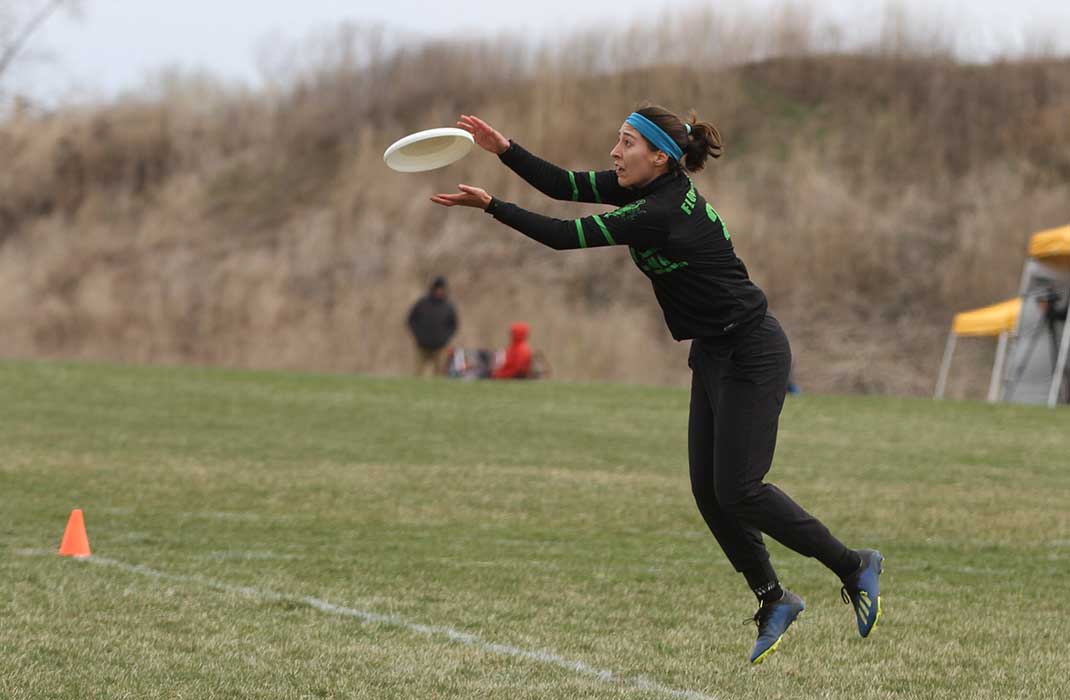An ACL tear is an injury—often from sports—that stretches or disconnects the fibers of the anterior cruciate ligament (ACL), a structure that stabilizes the knee and ensures proper knee movement.
-
- Find Care
-
- Visitor Information
- Find a Location
- Shuttles
- Visitor Policies
-
-
- Our Virtual Care Options
- Virtual Urgent Care
- Virtual Visits for Primary & Specialty Care
- Online Second Opinions
- Participate in Research
-
- Contact us
-
- For Innovators
- Commercialization Guide for Innovators
-
-
- Research News
- Alzheimer's Disease
- Artificial Intelligence
-
- Overview
-
- Overview
- Getting Started
- New to Mass General Brigham
- International Patient Services
- What Is Patient Gateway?
- Planning Your Visit
- Find a Doctor (opens link in new tab)
- Appointments
- Patient Resources
- Health & Wellness
- Flu, COVID-19, & RSV
- Billing & Insurance
- Financial Assistance
- Medicare and MassHealth ACOs
- Participate in Research
- Educational Resources
- Visitor Information
- Find a Location
- Shuttles
- Visitor Policies
- Find Care
-
- Overview
- Our Virtual Care Options
- Virtual Urgent Care
- Virtual Visits for Primary & Specialty Care
- Online Second Opinions
-
- Overview
- Participate in Research
-
- Overview
- About Innovation
- About
- Team
- News
- For Industry
- Venture Capital and Investments
- World Medical Innovation Forum (opens link in new tab)
- Featured Licensing Opportunities
- For Innovators
- Commercialization Guide for Innovators
- Contact us
-
- Overview
- Information for Researchers
- Compliance Office
- Research Cores
- Clinical Trials
- Advisory Services
- Featured Research
- Two Centuries of Breakthroughs
- Advances in Motion (opens link in new tab)
- Brigham on a Mission (opens link in new tab)
- Gene and Cell Therapy Institute
- Research News
- Alzheimer's Disease
- Artificial Intelligence
-
- Overview
-
- Overview
- Residency & fellowship programs
- Brigham and Women's Hospital
- Massachusetts General Hospital
- Mass Eye and Ear
- Newton-Wellesley Hospital
- Salem Hospital
- Integrated Mass General Brigham Programs
- Centers of Expertise
- Global & Community Health
- Health Policy & Management
- Healthcare Quality & Patient Safey
- Medical Education
- For trainees
- Prospective trainees
- Incoming trainees
- Current trainees
- Continuing Professional Development
What is an ACL injury?
An ACL injury is a type of traumatic damage to the knee typically sustained during rigorous athletic activity. The ACL is the most commonly injured ligament in the knee. An injury to your ACL can range from a mild sprain to a complete rupture. In the short term, an ACL injury can make it difficult to stand or walk and can cause your knee to buckle during sports and day-to-day activities. In the long term, ACL injuries also increase your risk of developing knee arthritis from wear-and-tear on the joint.
Types of ACL injuries
The types of ACL injuries can range from sprains or partial tears to complete ruptures. Sprains result from the ACL being stretched too far, even though it remains intact. An ACL tear or rupture means that the fibers of the ACL have become detached, severed, or disconnected. The most common type of ACL injury (unfortunately, also the most severe) is a complete rupture. Common ACL tear symptoms include:
- Feeling or hearing a pop in the knee
- Severe pain, instability, and swelling in your knee
- Being unable to bend and move your knee either fully or partially
- Inability to stand up and hold your weight
ACL injury symptoms by grade
ACL injuries are divided into three grades based on the severity of damage to the ligament:
- Grade 1: A grade 1 ACL injury is a sprain where the ligament is overstretched and mildly damaged, but the fibers are intact. You'll probably have some pain and swelling and may experience slightly limited mobility.
- Grade 2: A partial ACL tear is when there is moderate damage to the ligament with tearing of some (but not all) of the fibers. Grade 2 ACL tears might result in joint instability in the knee, making it difficult to walk. Surgery may be required to repair the ligament.
- Grade 3: The most severe ACL tears occur when the ligament is completely torn and appears separated on MRI. Most ACL injuries are grade 3 tears because of how little support and protection the ACL has. Complete tears more often require surgery to reconstruct the fibers in the ligament. If you have a grade 3 tear, you may experience immediate swelling, stiffness, pain, and instability in your knee.
Causes of a torn or injured ACL
Sports injuries are the main cause of ACL injury. Most ACL tears result from specific sports-related movements, like sudden side-to-side turning and twisting required in basketball, tennis, and soccer, but an ACL injury can also result from physical trauma, like a car accident or fall.
What are possible factors that contribute to ACL tears?
The most common risk factors for an ACL injury are:
- Gender: Women are more likely than men to tear their ACL.
- Sport of choice: Some sports—like gymnastics, downhill skiing, football, soccer, and basketball—are more likely to cause ACL injuries.
- Risky movements: Certain movement patterns, like bending your knees inward during a squat, pivoting quickly, or sudden stops, can more easily overload the knee and damage the ACL.
- Trauma: Direct impact to the ACL, whether from contact sports or an accident in everyday life, can tear the ACL. However, many ACL injuries occur without a direct impact--for example, from landing and twisting the knee awkwardly.
- Physical fitness: Performing athletic activities without adequate physical preparation can overload the ACL and cause injury.
Find information on preventing ACL injuries in female athletes and read a story about one patient’s return from a torn ACL.
Preventing ACL injuries
Training and exercise are the keys to preventing an ACL injury. Athletes committed to playing sports should evaluate their physical conditioning and movement patterns, with particular attention to improving their technique and strengthening their core and lower body. They may also want to consult a trainer or physical therapist for advice on reducing their risk or injury.
Treatment for a torn ACL
Treatment for an ACL injury depends on the severity of the damage. Mild injuries may heal on their own with conservative therapies, like rest and physical therapy. More severe tears might require surgery to reconstruct or repair the ligament and improve knee function.
FAQs about ACL injuries
"Ruptured ACL" describes the severity of an ACL tear. It typically indicates the most severe kind of tear, called grade 3 or complete. In an ACL rupture, most or all of the fibers of the ACL are disconnected from each other or the bone.
ACL injuries are very common. Nearly half of all knee injuries involve the ACL.
Yes. With serious injuries, It's common to tear multiple ligaments (like both the ACL and MCL), or to tear your meniscus at the same time as a ligament. Combined tears are more complex to treat and may cause more serious complications.
Immediately after you tear your ACL, it may swell so much that you won't be able to bend it. Once the swelling subsides, you may be able to bend your knee, but it will be weaker, less stable, and may be painful.
The severity of the symptoms will give you a clue, but only a doctor can confirm what kind of ACL injury you have. It's possible—but less common—for an ACL tear to present without significant pain, stiffness, or mobility problems.
If your sports medicine specialist thinks you have an ACL injury, they may use an MRI machine to take pictures of the knee and look for damage. The images should show whether the fibers are torn.
You may be able to walk on a torn ACL, depending on your sensitivity to pain, the amount of swelling, and the severity of the injury. Talk with your doctor about how active you should be after an ACL injury.
People typically report the pain from an ACL injury as moderate to severe, depending on the damage to the ligament. ACL injuries usually cause a lot of swelling, which can cause the knee to throb and ache. You can hurt yourself more and aggravate the injury by walking on it without crutches or support prior to treatment and during the initial recovery period.
MCL and ACL injuries can be hard to tell apart because their symptoms are similar: significant swelling and pain in the knee. However, MCL injuries tend to have more pain and swelling on the inside-facing side of the knee. ACL and MCL injuries often occur together, and you may have both. Consult with a doctor for a proper diagnosis.
Talk with a representative at our call center
Fill out our contact form and we’ll be in touch
Talk with a representative at our call center

